Flower gardening need not be limited only to summertime. If you plan carefully and plant ahead of time, your garden can be filled with an abundance of flowers for most of the year.
If we start by seasons, then for spring flowers, the best thing you could do would be to plant bulbs. Any nursery will have them, and if you’re more inclined towards the exotic, and rarer flowering bulbs, there’s a good chance you can have them ordered specially Front Garden Ideas



Favorites amongst bulb lovers are early springtime Crocuses, and cheerful Snowdrops. Tulips though, are by and away the most famous of bulbs in demand by flower gardeners, and are available in a variety of shades, including a black-colored one, which is really more of a deep maroon and one of those rare flowers I was talking about earlier.

Cottage Garden Flowers Ideas with Images

Remember that all spring flowering bulbs should be planted in mid autumn, as this is the best time for them. Come any closer to winter and you’re in danger of losing your bulbs altogether.
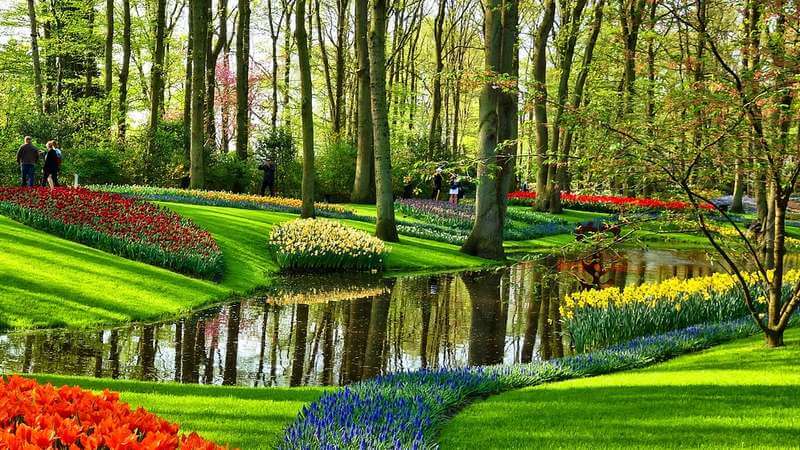
Artificial Garden Flowers Ideas

With a little luck and care, you’ll also find that most of your perennials will last through to next year, and the year after that, and, well you get the picture right? You’ll also find that as the years and the seasons wear on, your perennials will become fuller, and generally will become more abundant than the first year you planted them.



As autumn gently closes in most flower gardens are left bereft of anything but a few small hardy plants. If you’re into more dedicated flower gardening however, that need not be the case for you.


So, take heart, take plenty of notes, plan, and buy to your heart’s content. By the end of it all you truly will have a flower for every season, and your flower gardening efforts will be rewarded most bountifully






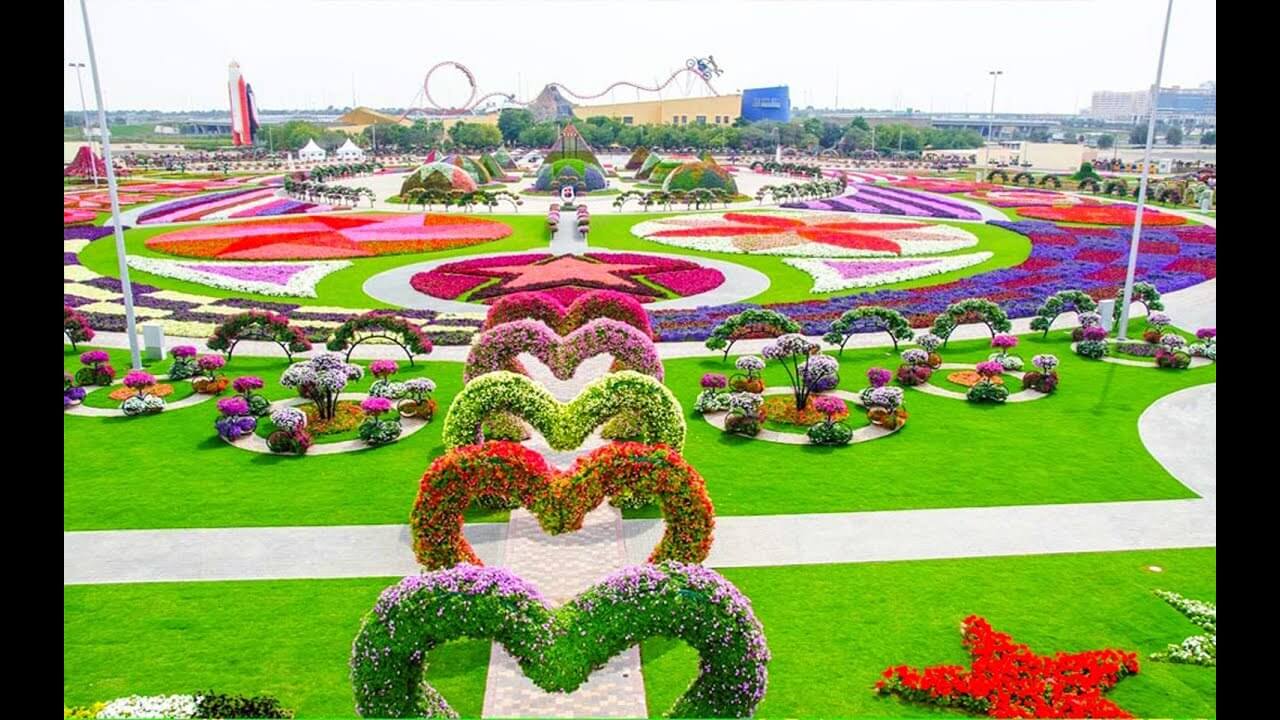





Garden Play Equipment
Gardening equipment per se is what every gardener needs. At least that’s what we all say when we rush off to buy that handy new extra-light shovel that just went on sale! However, not every gardener has all the tools, or even the right ones necessary, and most gardeners will just make do with what they have. Most of the time improvisation is the key.
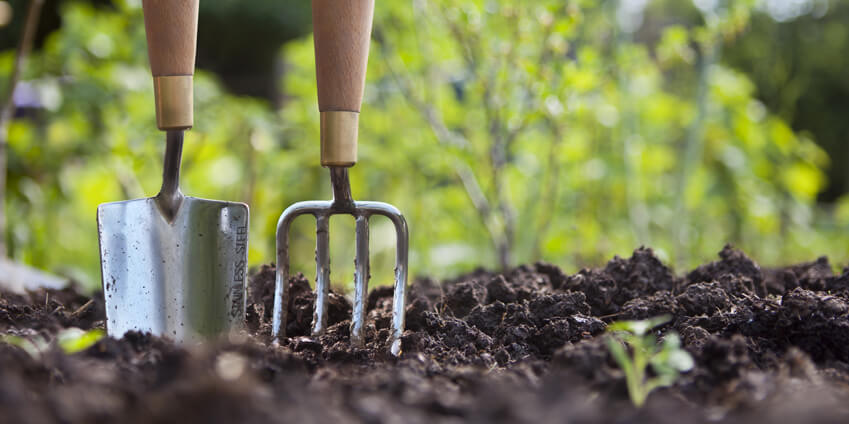
But if gardening is your game, then you will at least have some of the more basic gardening equipment that is needed to maintain your garden. Namely, a hoe, a shovel, and a rake come to mind offhandedly. There is also naturally other gardening equipment that is equally important, and I know that I simply can’t be without my pruning scissors.
As the years wore on I found that I had indeed collected many an essential piece of gardening equipment, and now find to my dismay that my shed is full to overflowing with tools. The best ones that I have though are a very old pair of comfortable gardening gloves, and my trusty, old kitchen knife that I had brought out one day, and just never replaced.

When I can’t find my pruning scissors, my kitchen knife takes its place and acts as a pruning knife instead. If I can’t be bothered to find my hoe, or shovel, I just use the tip of the knife to accomplish what I want. Then of course there are the times that I just can’t be bothered with even that, and use my nicely gloved hands instead to loosen the soil, or pull up weeds.

It probably sounds like a fairly sloppy way to go about your gardening, but every dedicated gardener knows that if you’re knee deep in the middle of something, the last thing you’ll want to do is to interrupt your work to fetch the proper gardening equipment from your shed.
However, that said, some jobs are easier with the proper equipment at hand, and it is worth your while to go and fetch it from whatever nook or corner that you stuffed it into. One of my favorite pieces of gardening equipment is the garden claw.
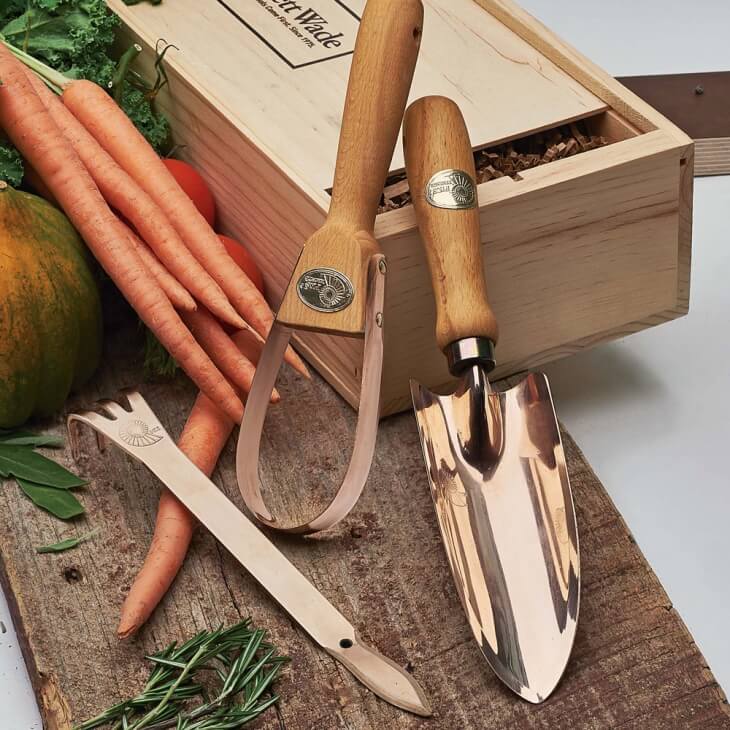
With two varieties available, one for standing work, and for closer work and therefore fitting in your hand, the garden claw makes your life easier. Stick the claw in the ground, give it a simple twist with your wrist, and pull out. It loosens soil easily, and as an added benefit you get to pull out your weeds with less hassle.

Really the key thing to remember about gardening equipment is that although we might want it, we don’t always need it. Besides it’s always a good thing not to get too attached to your gardening equipment, it makes life easier if you’re not always trotting back and forth between your work patch and the shed. Ultimately you’d not get too much done, (unless you’re using your handy garden claw!)
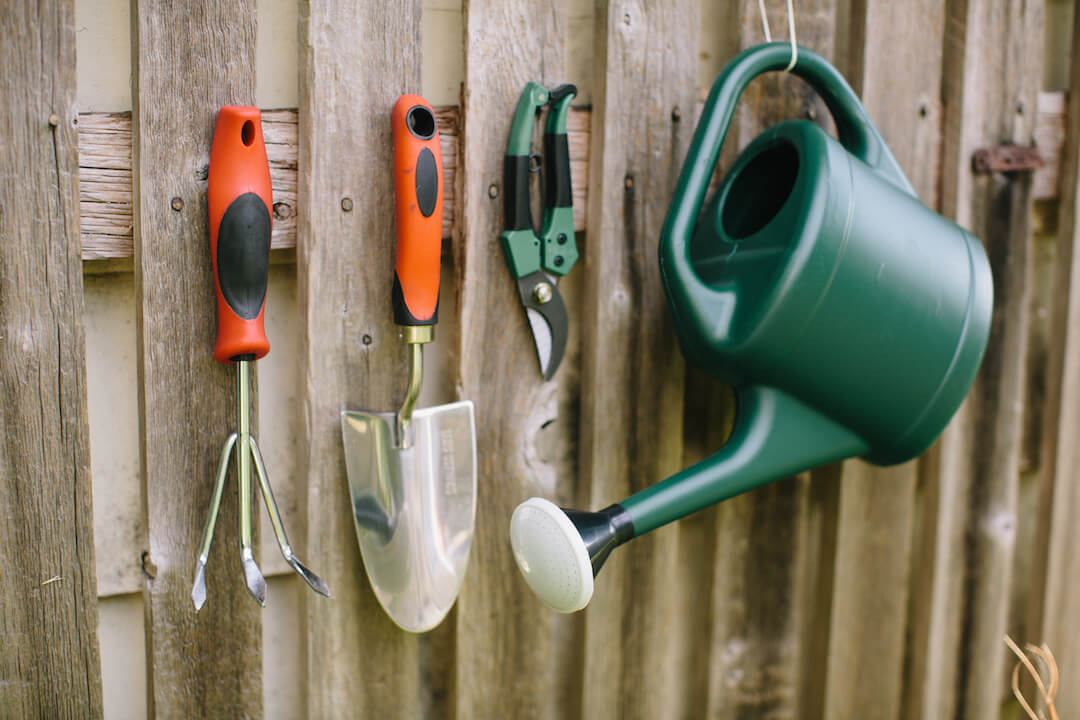
Gardening Tool Storage Ideas
As a child you have probably seen your mother or father pottering about in the garden. They seemed to be working with lots of tools. You might have played with a gardening tool as well. Now that you are grown-up and have your own garden you too will need those garden tools.
A visit to your local garden shop will reveal that there are many different gardening tool items available. The price range will vary from one piece to the next. The tricky part is buying what you need and not going for lots of expensive things that you might never use.


b&q Gardening Tool Storage Ideas

The first item that you will need is a spading fork. This gardening tool looks like a pitchfork, but it has a shorter handle and the tines are wider. You will need to use the spading fork to dig into hard soil and open the ground up for planting.


After your garden is dug up, you need to prepare the soil with the hoe. This gardening tool is wonderful to cultivate the surface of the soil. A well cultivated soil will allow nutrients and water to seep into the ground and nourish the plants. A round ended shovel is another item that is good for larger digging projects. With a round ended shovel you can plant trees and shrubs in your garden.



Water is a gardener’s best friend. You need to buy a watering can that has a long nozzle. With a long nozzle, the rate of water coming from the can is very gentle on your plants. Also long nozzled watering cans let you water plants farther away from you. With young seedlings in your garden a watering can that has a detachable head is a useful gardening tool.

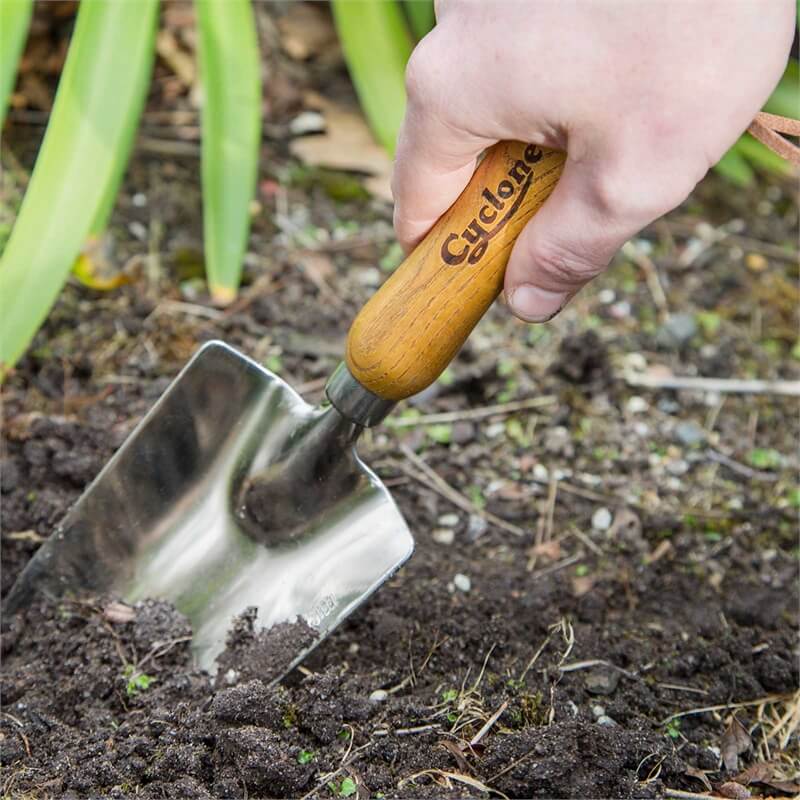
The tines are short and are attached to one side of the rake. With a good bow rake the removal of large clods of earth or rocks can be done. When you turn to the flat side of the rake, you can smooth the soil and get it ready for planting.

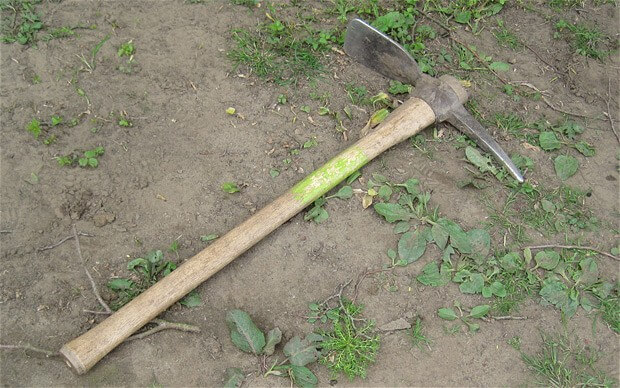
Good but inexpensive garden shears can remove dead branches and stems from your plants. You can prune and shape your trees and shrubs with this gardening tool. Before you buy a pair of garden shears or clippers as they are also called, make sure that the shears will fit your hand comfortably.


These garden tools are just the basic ones that you will need the most. As your interest in gardening expands, you will gain more knowledge about the different gardening tool items that are available and what is best suited for you and your garden.


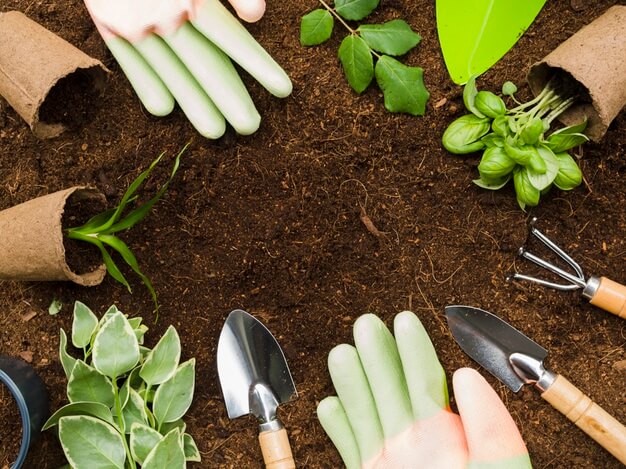




The Secret Herb Garden Plant Ideas
When you go to the supermarket you can see fresh herbs for sale. These same herbs can be grown in your garden with a minimal amount of trouble. You can grow them from cuttings or seeds. You can divide the heavy growing herbs and plant new herb plants. Whatever format that you decide to use, herb gardening adds zest to your world.
Herbs are annuals, biennials and perennial plants. Herbs like Basil, Coriander and Dill are annuals that bloom for one season only and then die.



Herbs need to be planted in a 20 by 4 foot garden space. In this garden, you can have separate plots for each type of herb. This mini plot is a 12 by 18 inch herb garden. With the many herbs that are being used, colorful and frequently used herbs can be planted around the borders of your plot. Parsley and Purple Basil are examples of colorful border herb gardening.

The Secret Herb Garden Plant Ideas with Pictures

For your herb garden to thrive the soil should not be very wet. Herbs do not grow in wet soil. To make your herb plot well drained, remove about 15 to 18 inches depth of soil. To the bottom of the hole add some crushed stone or other material that is similar to the stones.




A compost and sand mixture added to the soil will lighten the soil’s texture making it easier for the water to seep through the soil and drain away. Hummus will enrich the nutrients within the soil and restore the soil’s Ph level. Then refill the hole higher than it was originally.



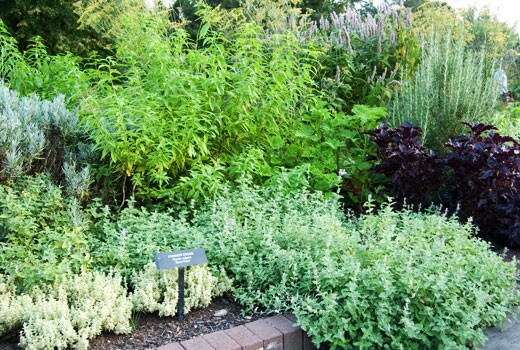
The herbs can be planted in the ground late winter. Herb gardening requires that you first grow them indoors in shallow trays. The herb seeds must not be covered with a thick coating of soil. The soil needs to be light and well drained. This type of soil texture will ensure that your herb gardening gets off to good start.


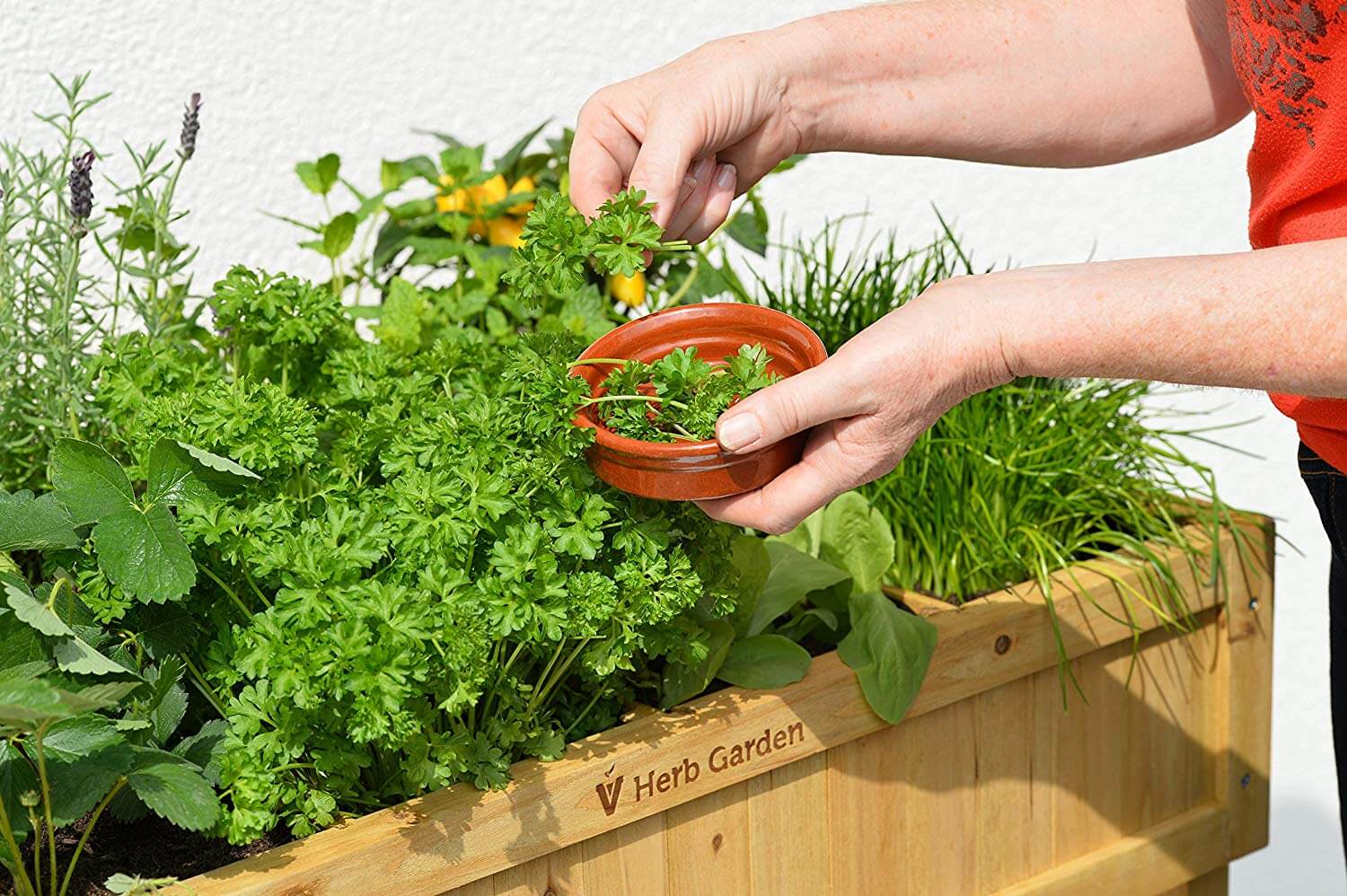

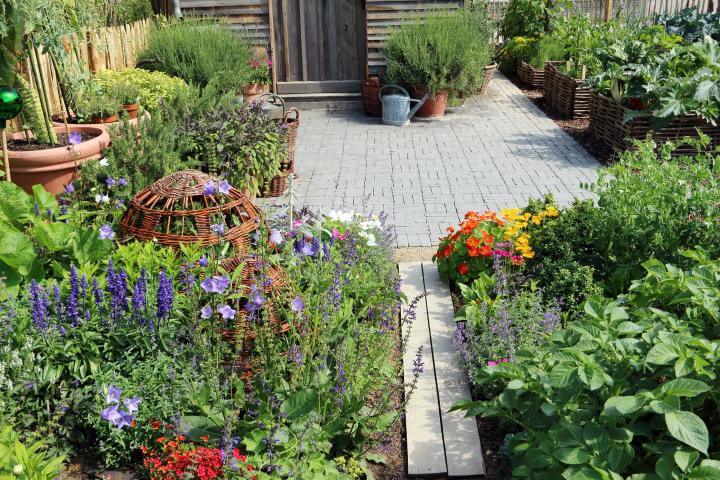

Love your Home and Garden Design Ideas
Home gardening can encompass a variety of different gardening styles, ranging from simple indoor gardening, to hydroponics gardening, to anything else that you can think of. For a lot of people however, home gardening means the ability to grow your own fresh fruits and vegetables, the ability to control what pesticides enter your domain, and most of all just how fresh your food will be when you take it to the table.



It’s undeniable really just how tasty a freshly picked tomato will taste, or peas fresh out of the pod. And the fragrance you get from a handful of newly plucked berries, or freshly cut rosemary. This then is what the home gardener lives for.

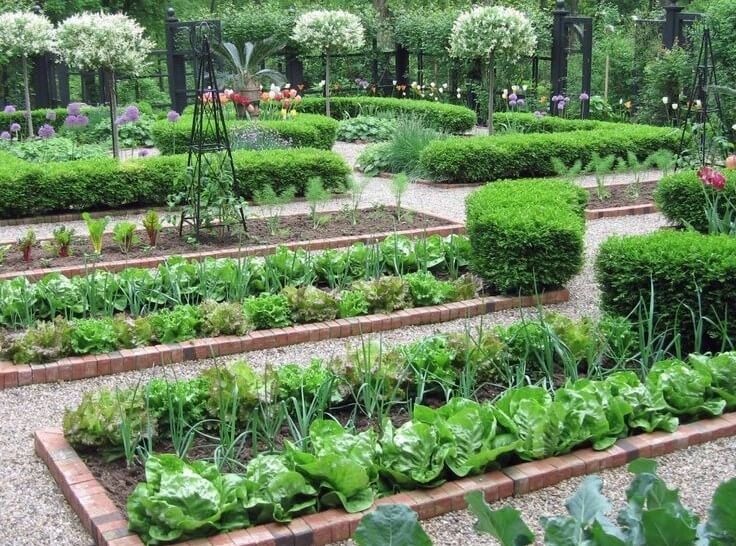
Love your Home and Garden Design Ideas with Images

But is this really all that home gardening can accomplish? Shouldn’t there be more to it than the growing of vegetables and fruits? Those were my thoughts at one time when I came upon the concept of home gardening. There is a lot more to home gardening than initially meets the eye however.
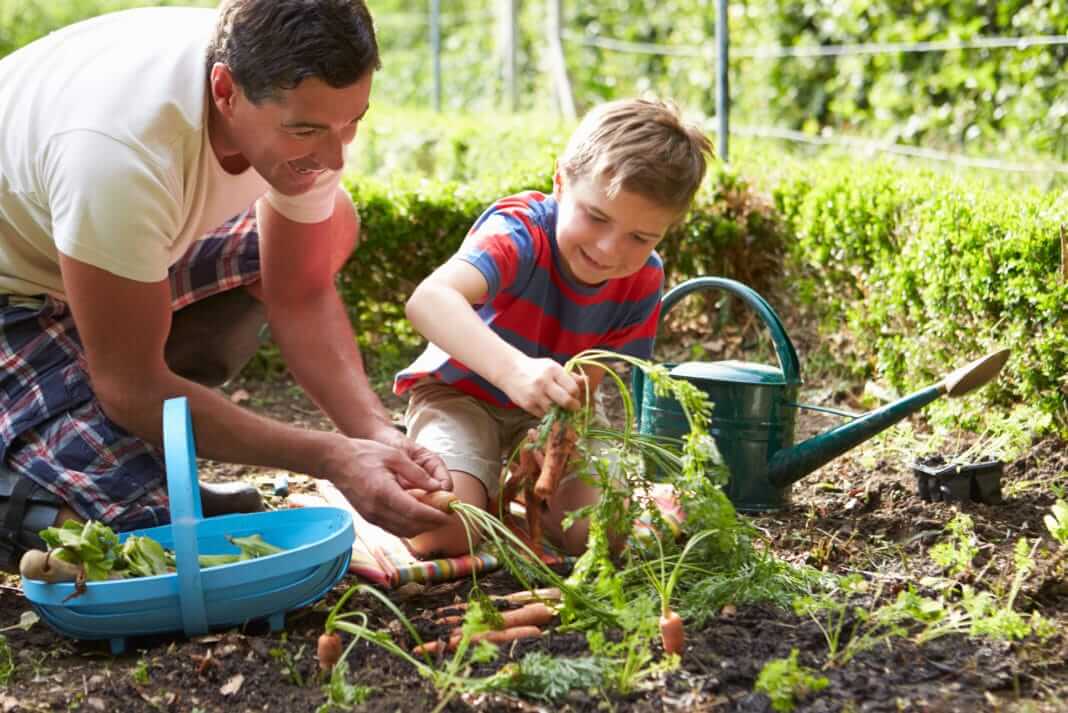


Fruits and vegetables aside, you have your flowering plants, your leafy plants, and even your shade giving trees. All of these need to be placed within the design of you garden in such a way that you get the most of them. Next, if you liked you could always design an irrigation system worthy of a bigger garden, or you could keep it simple and just spray the hose when you need to.


Bugs are an ever growing problem, sorry for the pun, and need to be watched for vigilantly. And especially in a vegetable or fruit garden, you will have to be extra careful of such cute, and cuddly creatures as rabbits, and other burrowing animals. Rodents are always a problem, and need to dealt with immediately so as not pass on any disease.

Soil needs to be fresh, and aerated so as not to become compacted, thus hindering root growth. Worms and other like insects need to be welcomed into the overall scheme of your home gardening project.
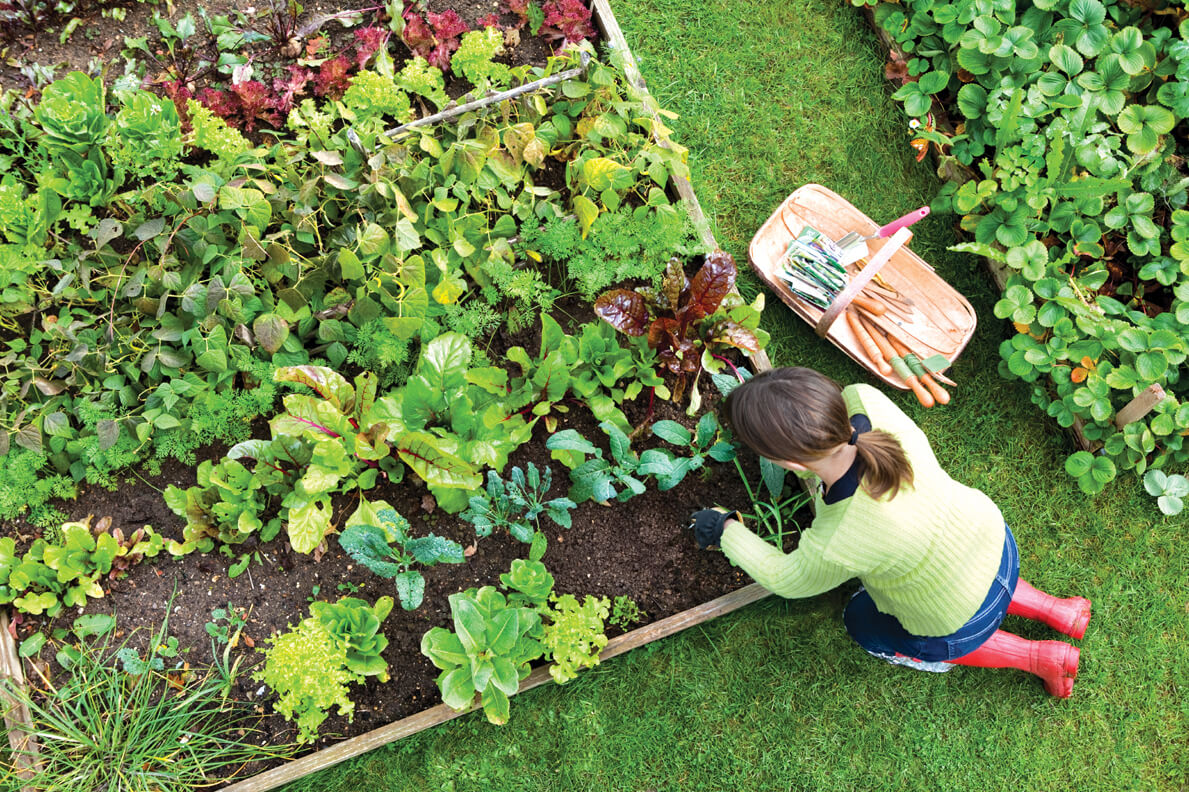
Water drainage, soil erosion, landscape garden maintenance, tools and equipment, the gallons of lemonade you’ll be consuming in your quest to make perfect your home gardening project. The list is nigh on endless, and I could go on forever, just suffice it to say that home gardening isn’t as cut and dried as it may seem.

And last but not least, you will need to make it a place that you feel welcome in, and that your visitors can feel welcome in. A place that invites you to explore all the nooks and crannies to see exactly what it is you’ve done with the place. And that’s what home gardening should be all about.

Landscape Garden Design Ideas Near Me
As with all gardening forms, before you create your masterpiece you’ll need to have at least a rough idea of what it is you want to create.
Vast rolling hills and expanses of land stretching to the horizon might be all well and good in theory, but to work it properly a plan must first exist somewhere, even if it is only in your mind. Without a proper plan, the landscape gardener will fail in their attempts to create a work of art.



Since you have such a vast and empty canvas on which to set your brushstrokes to, the brave individual who undertakes landscape gardening has before him a veritable plethora of ideas to choose from.

A normal garden, or an Asian garden. Wooded areas, or large sections of uncluttered space. Water features, gazebos, patios, decks, raised beds, or rock beds.

The list is endless, and all areas visually stunning as the other. This then is where your will power comes in handy. Resist the urge to jump right in into the deep end and start digging up your garden. There’s more to landscape gardening than meets the eye.

Small Garden Landscaping Ideas

I can’t stress enough how much planning, planning, and more planning you’ll need to do to before you start your landscape gardening project. You could, of course, forgo all that tedious planning and jump right in, but chances are you’ll get stuck even before you’re aware of it. A good example would be that lovely gazebo that was going for a song that you grabbed up before anyone else could. But now you find that it doesn’t fit anywhere within the confines of your garden. After all, it was cheap, what can you do? (A metaphoric shrugging of the shoulders).

Landscape Gardeners Glasgow Ideas


So, now that you’ve started on your plan, you’ll need to decide what type of stuff you want cluttering up your garden. A sun dial? Or perhaps even a garden seat. What about that lovely fountain you saw just the other day. And don’t forget the gazebo.


Advertisements
Fine, you’ve decided the type of garden you want, you’ve decided what items you want gracing your garden, now comes the real meaty part of landscape gardening. You need to decide exactly where everything is going to be placed. In other words, you’ll need to design the landscape of the garden, placing a pot there, a shrub here, a tall sapling in the corner, your sundial in a suitably sunny place, perhaps even next to your fountain. And let’s not forget to squash that gazebo in, anyway you can!




Landscape gardening is just like every other gardening project you’re tackled to date, only with a little more scope, and harder, back breaking work. The perfect choice for the gardener who’s tried everything, and wants to start a garden from scratch.
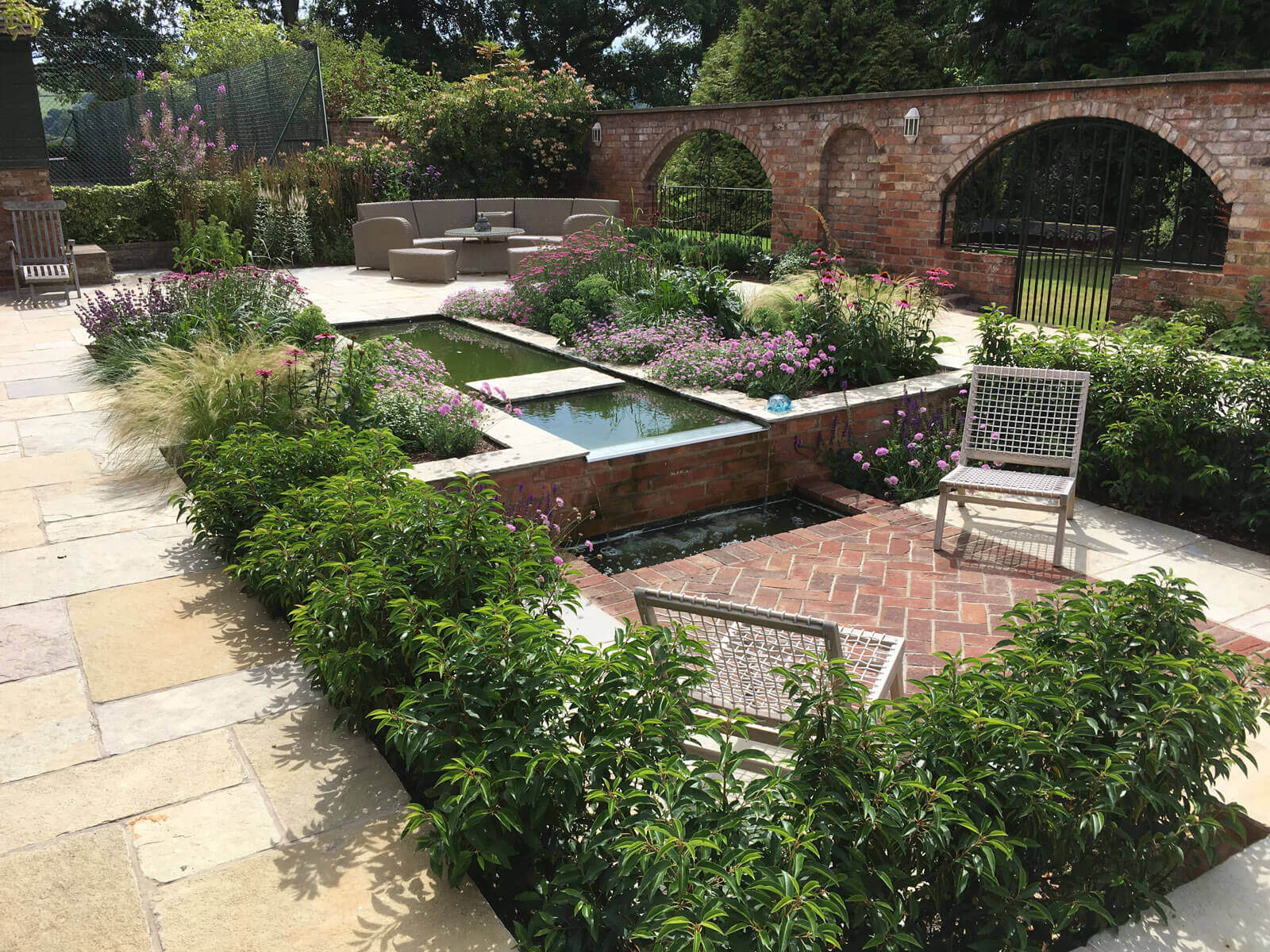





Magic Aqua Rock Gardens Ideas
For some people rock gardening is an unavoidable necessity due to rocky terrain, or even drought laden areas where they live. For others, rock gardening is simply another way to express their creative gardening skills through an unusual medium.


Having first been established in the British Isles, early rock gardens were generally thought to be an eyesore and were not as well balanced as today’s rock gardens. By the turn of twentieth century however, rock gardening had taken off and giant leaps and bounds were made, so much so that rock gardening took off across the Atlantic and crossed to Northern America where it still perseveres to this day.


Today, garden enthusiasts looking to create their own rock garden have a myriad of choices available to them, with two of the main types of rock gardening being Japanese, or Zen, gardens, and your average everyday rock garden.


Like most people, if you’re going for the more widespread trend of rock gardening where plants abound, (Zen gardens are more rocky and less plant-filled) there are a few things you will need to take into consideration.


If your landscape is mainly rocky then you won’t have too much of a problem setting up your garden. If, however, you’re doing rock gardening for purely aesthetic reasons, then you’ll need to plan and create carefully to achieve the results you’re after.
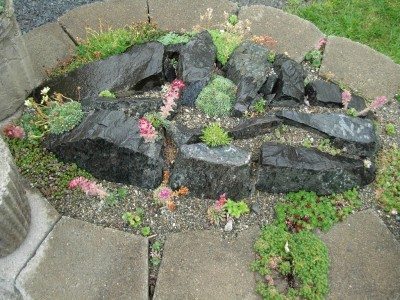
Since most gardens always seem to have at least one troublesome spot, this seems to be the most likely place to start your planning. You’ll need a place with optimal sunshine, and preferably a slope. If you don’t have a slope don’t worry, you can build the contours that you need.

Next, scout out the rocks that you already have in your garden, if any. There’s a good chance that you can use at least some of them. If you don’t have any, don’t worry rocks are always available to buy, your local nursery will probably stock some as well.

When choosing your rocks, choosing a colour scheme that looks natural is a good idea. Keeping this colour scheme in mind when you go to buy your plants will help greatly as you can pick and choose the plants to suit you. Also, you’ll need to make sure that the plants you choose are the type that won’t need much water, as the water will tend to filter through the rocks.

Now that you’ve made your purchases you can now start your rock gardening in earnest. From here on out it’s mainly the task of giving your rock garden a slight elevation or slope, and mixing your plants in with rocks at a particular space, and angle to suit you, the person who is actually doing the rock gardening.

Depending on the size of your planned project, and rocks, hopefully, you should be able to finish your sojourn into rock gardening within a day or two, leaving you to enjoy it for a long time to come. Enjoy!

Country Rose Garden Ideas
Roses are universally favourite plants. The bright vibrant hues give gardens a splash of colour. You can smell the heady perfume of roses during summer as they fill the air. With so many different varieties to choose from rose, gardening is a marvelous experience.


Country Garden Roses

While it’s true that there many roses that you can choose from, the type is not important. What is important is that you plant them where you can reap the benefits later on. Roses are hardy plants. With so many gardeners breeding new hardy varieties, roses can now grow in any type of condition. Difficult soil and garden problems are no longer a barrier to well grown rose gardens.



The key to rose gardening lies in buying plants that are at least two years old, that have been field grown and are budded. If your young rose plants are pruned then the heavy stems need to be 1/4 inches in diameter at the top. On the other hand if the rose plant is not pruned, then there should be three or more heavy stems that are 18 inches in diameter.



You need to plant your roses in a sunny, well-drained spot. You should trim of all the bruised and broken stems off. In rose gardening roses needed to be eased into the ground. You first dig a hole 6 inches deeper than the rose roots need, then make the hole wide and big all around so that the roots will not grow crowded or bent.



The bottom of the hole should have small rocks or pebbles in it. This rock formation will aid in the drainage for the roses. After the stones have been placed, mix one tablespoon of fertilizer over the stones. Above this lay good fertile soil until the level is where you will plant your rose plant. In the mound of soil make a small hole and carefully plant your rose bush in there. You will need to make sure that the hole has room for the roots. Then cover the roots with soil, firming the soil every so often.



Rose gardening requires that you feed your roses at regular intervals to ensure healthy growth. The first feeding should therefore be given in early spring, before the roses bloom. The second feeding will come after the first heavy blossoming is finished. The third feeding occurs in late summer. If you are lucky there might be roses that will bloom until about November. If this is the case, then feed your plants a fourth time around



While all this care does help in rose gardening, chemical pesticides are needed to prevent sucking and chewing insects from damaging your roses. This pesticide also works to cut down on the fungus that likes to grow on roses.



Rose gardening is a lovely pleasant smelling hobby to do. If you take care of your plant during the initial days, then you will be rewarded with big, vibrant blossoms that are a joy to behold.



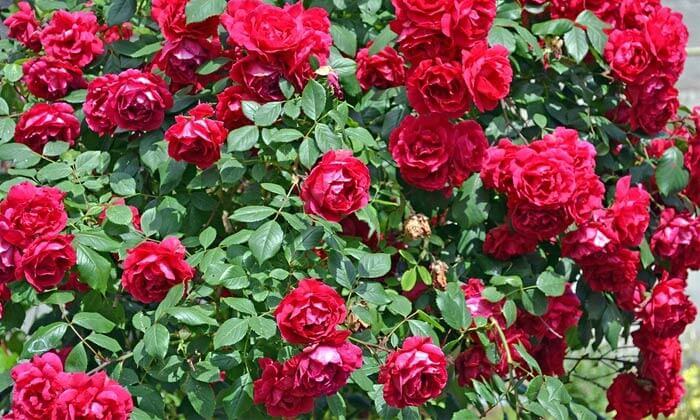



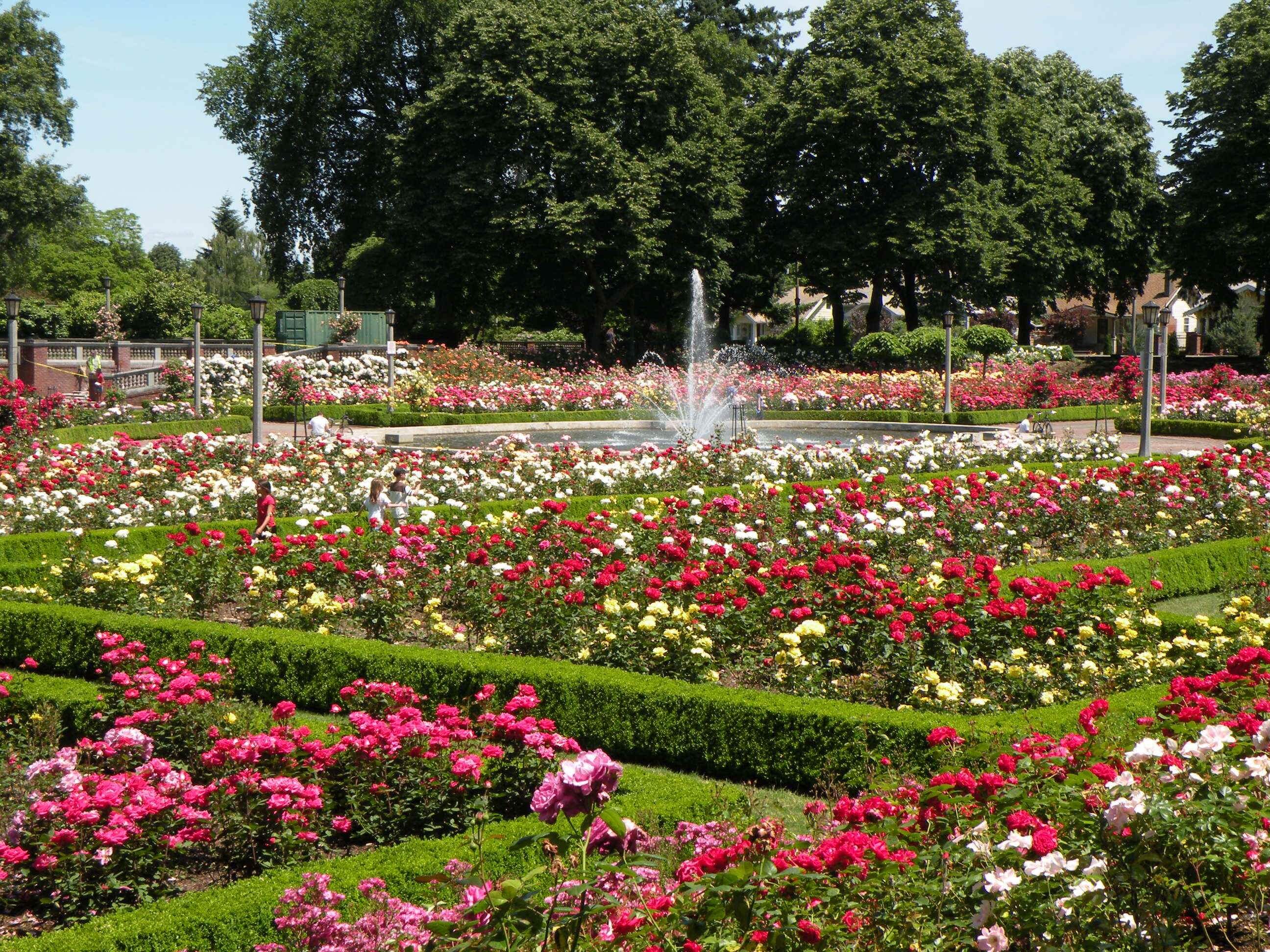

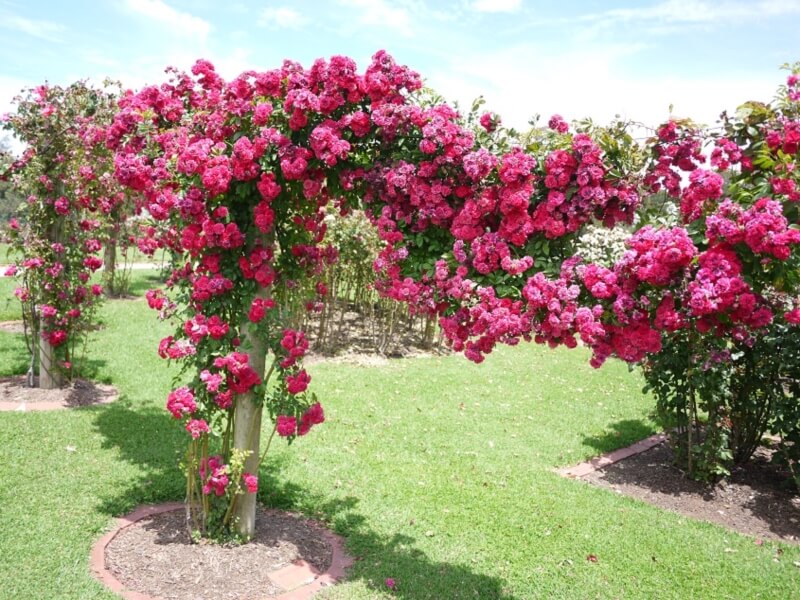


Garden Sail Shade Ideas
If you’re a first time gardener, or you’ve inherited your garden along with your house, then you’ll probably not have noticed that your garden has a shaded area. Believe me it will have a shaded space somewhere, even if it is in the very corner of the yard. That’s why you’ll need to be doing shade gardening this year. Executed properly, your shade garden can take you through for a long time.


If you find the shade in your garden is due to a tree or trees, even if it is your neighbor’s tree, you’ll find that the soil will be dry and full of roots. Planting may be difficult and you may have to improve the soil slightly before anything will grow. Be careful when doing this as some trees, like Oak, are very particular, and can be extremely sensitive to changes in soil depth. Also, if you have to till the soil around the roots, you’ll again need to be very careful as root breakage may occur and the tree might be damaged in the long term. No one ever said shade gardening was going to be easy!


When choosing your plants, you’ll have to keep in mind the conditions that are likely to be prevalent within your shaded area. Low, dappled sunlight, to perhaps no sun at all, or perhaps sun at only certain times of the day. Limited water in the soil due to an extensive root system, poor air circulation caused by low lying branches, or intrusive walls. These are only some of the conditions you’ll have to deal with when shade gardening.
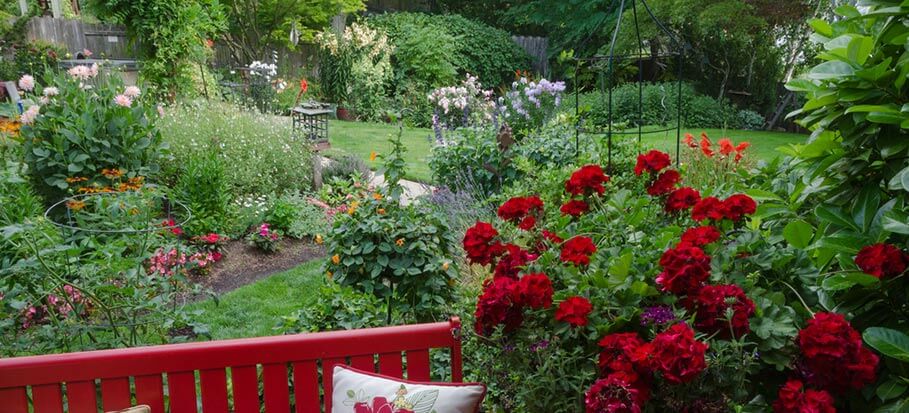
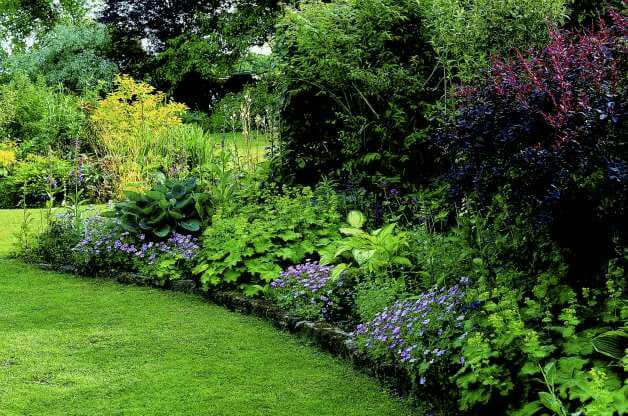
Having passed through the more serious parts of shade gardening, we can now move on to the more fun parts. Namely designing, and laying out your garden, and buying your plants!


Since plants that thrive in the shade aren’t as vivid and bright as plants that grow in full sunlight, it’s best if you lean more towards flowers with pastel shades, as darker colors will only tend to blend into the background.


Foxgloves are a favorite, as are Daisy’s, and Begonias. Bluebells and Forget-me-nots are also some true blue favorites. If you plan your shade gardening carefully, you can have blooming flowers for almost the whole year.


Other plants to consider are groundcovers. Hostas, are traditionally a good groundcover plant, with its big leaves that tend to hug the ground. English ivy, Wintercreepers, and Ajuga are also very good for groundcover.


No matter what you decide upon, make sure that you enjoy shade gardening, and all the benefits it can bring to you, like the peace of mind and relaxation that you can get from the natural subdued colors offered by the shaded garden.


Small Solar Garden Water Fountains Features UK
If handled incorrectly, water gardening can contain many pitfalls for the unwary gardener. Handled correctly however, water gardening is a worthwhile and rewarding project, and will enable anyone hours of contented relaxation.


Solar Garden Water Features Ideas

Whether you’ve got a small garden, or a large garden capable of handling an extensive water garden, you’ll still have to plan down to every last detail, otherwise you might just be left with something you didn’t bargain for.

Conwy Water Gardens Ideas


If you already have a small lake or pond in your garden, or even a little winding stream, your water gardening efforts just became that much easier. Unfortunately, for the vast majority of homeowners, such a bonus is just not on the cards, so you’ll have to build your water garden from scratch.

Solar Powered Garden Water Features


If you’ve thought about water gardening then you’ve probably already thought about the how’s and where’s of how to obtain water for your water garden, and equally, how to dispose of it with ease. This being the case, we can now concentrate on the actual water gardening.



There are plenty of DIY books in the market these days on building your own pond, so I won’t go into too extensively. The basics you’ll need to know about are simple really. Your pond will need to be designed in a way that will fit within your garden confines, and budget confines. Once that’s done, mark out the edges and start digging to the required depth. Line with pond liner when finished, and weight down with stones and plant pots, as required.



If you want your pond to include fish you’ll need to decide early on in order to make the pond a livable habitat for the fish. Hardier fish that can survive winter are a must if you want them to live for some time. Koi, and Goldfish are the most popular varieties, but your local aquarium can provide you with more information. Also keep in mind that Koi tend to grow to about 2 feet in length when fully mature, so it’s desirable to leave them some swimming room for later on.


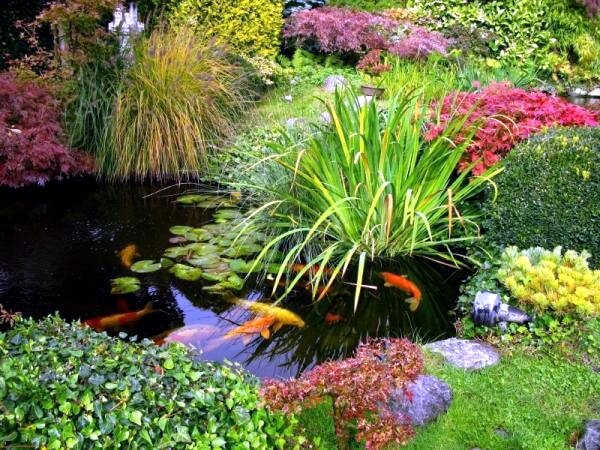
Next we can see about populating your pond and its surroundings with the plants that are so essential to water gardening. As an obvious choice, Lotus is very popular and easy to grow. You also get many varieties and shades in the Lotus family to choose from, so it does make your life slightly easier. Be careful not to overpopulate your pond with plants as this will detract from the beauty of your garden, and make it seem cluttered instead.



Place the rest of your chosen plants artistically, in and around your pond area, and you’re good to go! Your efforts at water gardening will be much appreciated by all and sundry, and once you’ve finally gotten over all the hard work this labor of love entailed, you too, will appreciate the pleasures this bountiful water garden has to offer you.









